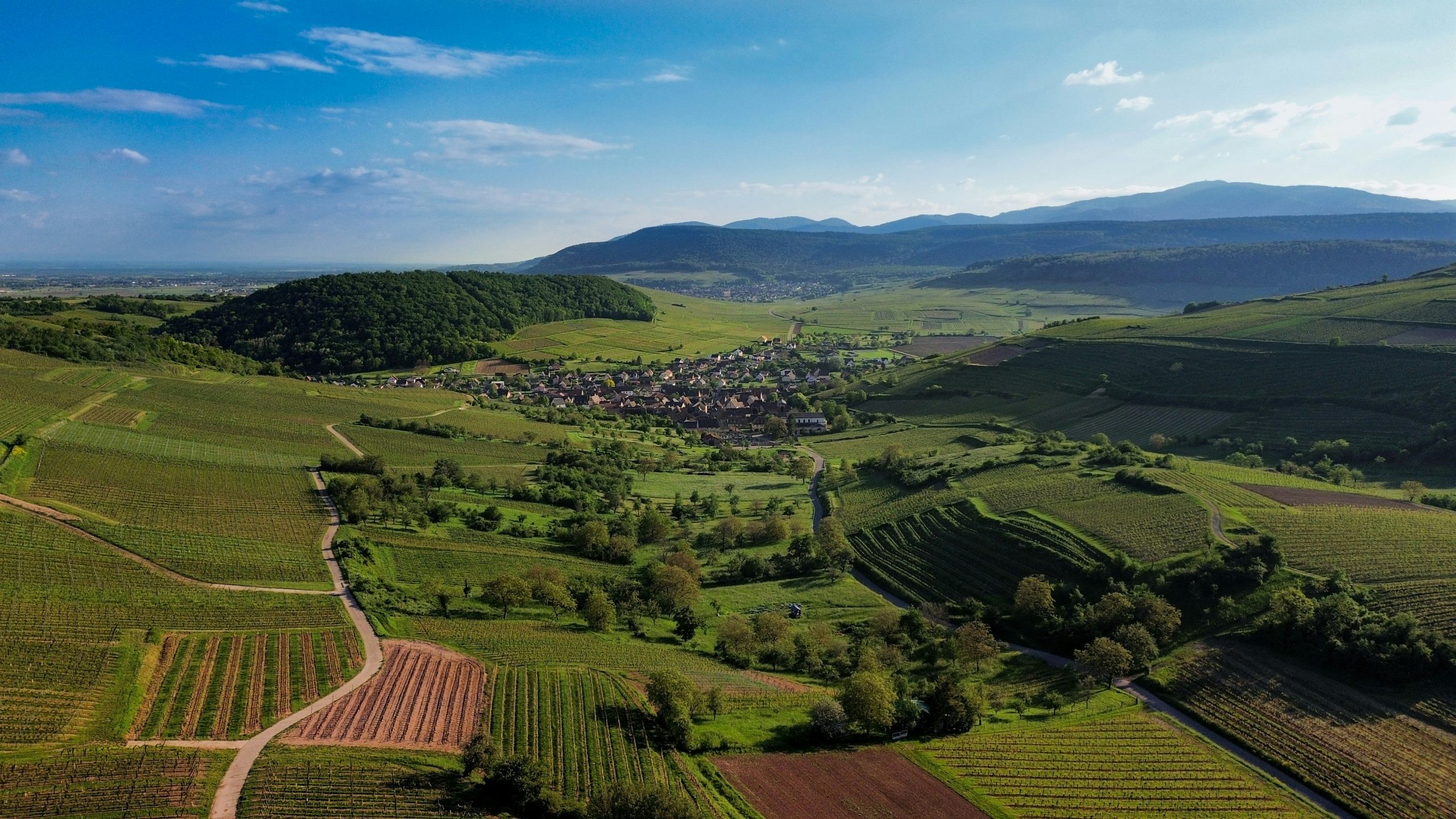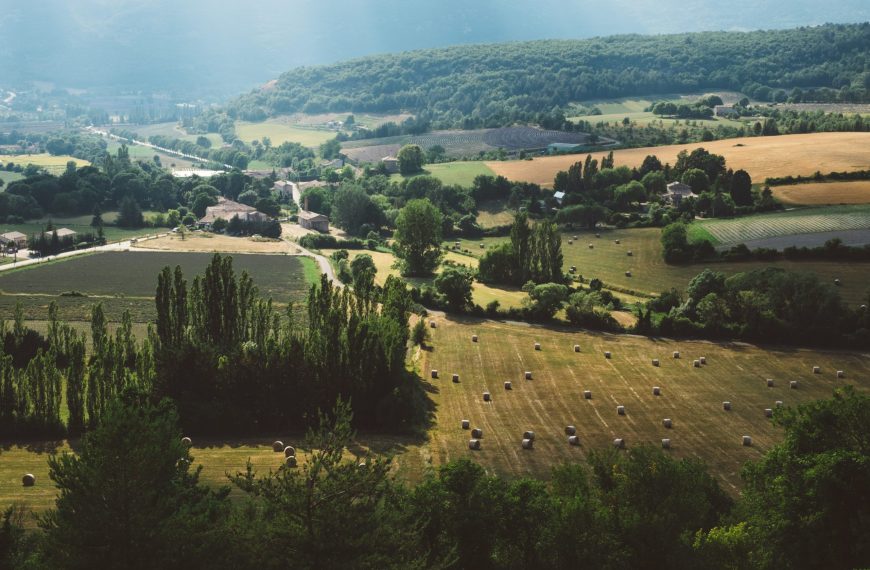Nestled along France’s eastern border with Germany, Alsace feels like that friend who’s equally at home in lederhosen or a beret. In this deep regional dive you’ll get the lowdown on Alsace’s history, what makes its soils sing, the grapes that steal the show, and how to sip like a local—without drowning you in technical jargon. Think of it as chatting over a glass at your favorite wine bar.
A Walk Through Time
Wine in Alsace traces back to the Romans, but it was medieval monks—those original wine nerds—who refined pruning techniques and barrel ageing. Fast-forward through centuries of tug-of-war between France and Germany and you end up with a region that wears both cultures on its sleeve: Germanic grape names alongside French Appellation Contrôlée labels.
Here’s the gist:
• Romans planted the first terraces near today’s Colmar
• Benedictine monks systematized viticulture in abbeys like Haut-Koenigsbourg
• After WWII, Alsace firmly joined France yet kept its precision-focused viticulture
“Every sip of Alsace tastes like history—bold, nuanced, and unapologetically itself.”
What Makes the Terroir Tick
Picture a rain shadow so legendary it turns the western slopes of the Vosges into one of France’s driest spots. That, plus hot summers, crisp nights, and soils ranging from granite to limestone, gives Alsace its signature combo of ripe fruit and razor-sharp acidity. Those daily temperature swings lock in flavor and freshness—the hallmarks of the region’s whites.
For more on how to balance acidity in cool-climate wines, check out the Wikipedia article on wine acidity.
The Noble Whites
Alsace is basically a one-trick pony—and that trick is white wine. Riesling leads with bone-dry citrus, floral notes, and minerality that can age for decades. Gewürztraminer brags lychee and rose petal aromatics, perfect with spicy food. Pinot Gris rounds out the heavyweights with honeyed stone-fruit and texture that pairs beautifully with rich dishes. Don’t sleep on Muscat’s grape-juice charm or the easy-drinking Pinot Blanc and Auxerrois often blended into Alsace’s vibrant Crémant.
If you’re tasting linearly, start with a clean, unoaked Pinot Blanc, then move to a Grand Cru Riesling before finishing on a sweet Vendange Tardive for dessert.
Reading the Labels
Those tall, slender flute bottles aren’t just for show. AOC guarantees your wine is 100 percent from Alsace and meets strict standards. If you spot Grand Cru, you’re sipping fruit from one of 51 top-tier vineyards like Schlossberg (sandstone) or Muenchberg (volcanic). And those terms Vendange Tardive or Sélection de Grains Nobles? Late-harvest gems with a touch of botrytis sweetening.
Pro tip: Save the late-harvest and noble-rot wines for last—your palate will thank you.
What’s on the Plate
Alsace cuisine is the culinary equivalent of a warm hug: sauerkraut loaded with sausages, tarte flambée thin-crust pizza-style tarts, gooey Munster cheese, and dishes braised in Riesling. A dry Riesling cuts through the fat of choucroute garnie, while Gewürztraminer’s spice match makes it a knockout with Munster or curry-spiced dishes. Crémant’s fine bubbles and bright acidity are practically made for tarte flambée.
For veggie options, try a wild-mushroom risotto with Pinot Gris or a herbed gnocchi tossed in a light Pinot Blanc.
Alsace was the first French region outside Champagne to earn a Crémant appellation in the 1970s—today it’s France’s second-largest sparkling-wine producer.
Planning Your Alsace Escape
Dreaming of vineyards? Drive the 170 km Route des Vins, where villages like Eguisheim and Riquewihr look straight out of a fairy tale. Hit the Fête des Vendanges in October for harvest celebrations in Colmar. Most family-run domaines welcome drop-in tasters—just call ahead for an English tour at spots like Domaine Weinbach. And whenever you need a break from wine, Strasbourg’s cobblestone canals and half-timbered houses are your playground.
Spring’s wildflowers and autumn’s vineyard hues both steal the show—and with fewer crowds than peak summer, you’ll have more room at the tasting bar.
Why You’ll Love Alsace
Because it’s approachable yet endlessly complex. You can geek out on Grand Cru soils one day and sip a casual Crémant the next. It’s the kind of place where every vineyard tells a story, and the wines speak with a clarity that keeps you coming back.
So next time you’re scanning a wine list and see “Alsace,” you’ll know you’re in for something special. Raise a glass to centuries of winemaking, to the Vosges’ sheltering embrace, and to grapes that bring out the best of both French flair and German precision. Santé!


Comments